Mizu no Oto - Every image Has Its Haiku - Edition #47 (English)
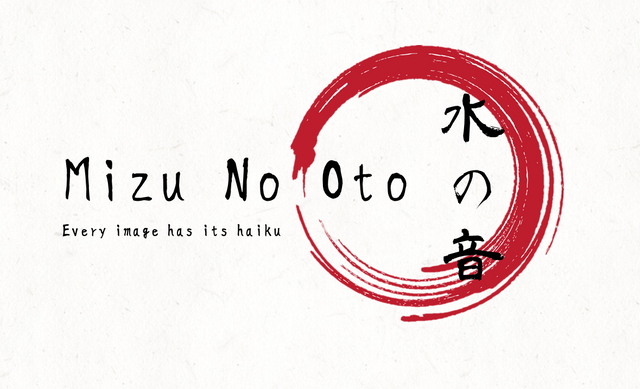
The Path
Walking through the birch trees we talk of our children and our work. Which for me is one and the same. We talk of haiku, of Shakespeare, of religion. And I wonder if I will ever be more than words.
goodnight kiss
a sliver of moonlight
across her hair
Haibun by Tia Haines
Welcome to the Mizu No Oto February English edition!
Continuing our exploration of the different forms related to haiku, this time we focus the spotlight on haibun.
To find out more, I refer you to the short article at the bottom of this post.
In the meantime, take a look at the photo and ... good luck!
Here is how this contest works:
A photo is posted.
You write a haiku inspired by that photo with your own post (use #haikucontest as your first tag) or a comment in the comment section.
You can read other’s haiku and vote for one of them, answering to the special Bananafish comment in the comment section.
The authors of the Best Haiku, Popular Choice, and Best Vote Comment WIN 1 SBI each!
The contest deadline for both posting haiku and voting is the payout of this post (7 days from the publication). There will be another post with the winners proclamation after 1-2 days from the deadline.

The Prizes:

The requirements:
• The haiku should be related to the prompt image.
• A haiku has no title.
• The haiku should be in English, or include an English translation.
• The English haiku form is: a short (3-4 syllable) verse, a longer (5-6 syllable) verse, another short (3-4 syllable) verse.
• There should be the kireji (切れ字), a cut between the 1st and the 2nd verses, or between the 2nd and the 3rd; the cut can be grammatical, as a sign of punctuation, or it can be a cut in the meaning, like two different images.
• The time window to post your haiku and cast your votes is up to the payout of this post.

Prompt Image:
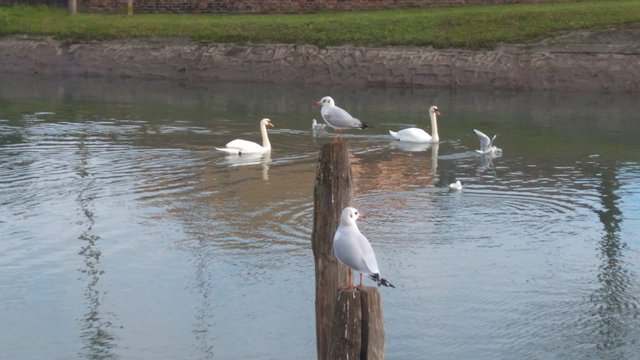
[photo by @marcoriccardi]

Do you want to know how we evaluate the submitted haiku? These are the characteristics we search for:
• Kigo (季語), an explicit or implicit reference to a season, that defines the time of the year in which the haiku is composed or referred to.
• Sabi (寂), the sense of the inexorable passage of time, the beauty or serenity that accompanies the advance of age, when the life of the objects and its impermanence are highlighted by patina and wear or by any visible repairs.
• Wabi (侘寂), the taste for frugal and natural things, rustic simplicity, freshness or silence; it can be applied to both natural and artificial objects, or even non-ostentatious elegance.
• Mono no aware (物の哀れ), empathy with nature and human life; the "feeling of things", nostalgia, regret for the passing of time, understanding of the changeability and of the transience without suffering.
• Yūgen (幽玄), sense of wonder and mystery; it represents the state of mind produced by the inexplicable fascination of things, the feeling of an 'other' universe, full of mysterious unity.
• Karumi (軽み), beauty in simplicity; poetic beauty reflected in its simplicity, free from preconceptions and moral judgment.
• Shiori (しおり), gentleness; the levity and the delicate charm that radiates from the verses, where things are evoked in the reader without aggressiveness or excessive explicitness.

The Haibun
The word haibun (俳 文, literally "haikai text") indicates a mixed literary genre, consisting of a short prose in a a diaristic or chronicle style, followed by a haiku.
This word was first used by Matsuo Bashō in 1690 and is reported in a letter to his disciple Kyorai.
It can be said that Bashō was the first haibun writer: a new genre that combined prose and poetry, between classic styles and more popular and vernacular narrative materials.
Bashō wrote most of his haibuns as travel stories, the most famous collection of which is Oku no hosomichi (奥 の 細 道 "The narrow path of the North").
In addition to the travel story, Bashō also wrote other shorter works, focusing more on small sketches of people he met, descriptions of landscapes and various anecdotes.
The experience of traditional Bashō haibun was later taken up by other haijins such as Yosa Buson, Kobayashi Issa and Masaoka Shiki.
The haibun experience has not been limited to Japan: in recent years it has in fact established itself as a genre in its own right in world literature.
The first haibun competition in English took place in 1996; organized by Michael Dylan Welch, with Tom Lynch and Cor Van den Heuvel as judges. Anita Virgilio won the first prize, followed by David Cobb. The competition led to the publication of the anthology Wedge of Light, in 1999.
Although several schools and groups of enthusiasts have sprung up over the years, the practice of contemporary haibun in English is constantly evolving.
In general, the haibun records a particular scene or moment in a highly descriptive and as objectively as possible way. More rarely, it can affect a completely imaginary and dreamlike space. The prose, dry and concise, is structured in one or more paragraphs.
The accompanying haiku (one or several) must have a direct but subtle relationship with the prose part, as if to suggest a sort of completion to the entire narrative. This can be achieved in two ways: the concluding haiku should be either a sort of emotional recap of the experience narrated in the haibun, or a further starting point, which stems from that experience.
An example of haibun with a “recap” haiku, by Chen-ou Liu (Ajax, Ontario, Canada; 2009):
The Floating World
Struck by its sharpness and fragility, I study a blade of grass. This opens my eyes to spring blossoms and winter snow, to nature's wide horizon, to the world I live in.
on the bent tip
of a blade of grass
a dewdrop
An example of haibun with a “further development” haiku, by myself (Marco Riccardi, July 24th 2016, self-translated):
I’m accompanying my special person to a Vespa scooter speed race, in which her son participates. My initial curiosity for a world that I never frequented is soon spent. I’m seized by a sense of nausea for the smell of exhaust, heightened by the aggressive sounds of the engines. I move away both physically and mentally, to find a piece of tranquility.
gas and rumbles -
between factories
blooming clovers
Contemporary haibun writers include Jim Kacian, Bruce Ross, Mark Nowak and Nobuyuki Yuasa. I hope you can find and read some of them.

Good haiku to everybody, and remember the posting/voting deadline: seven days from this post publication!
Your bananafishous haiku herald


Let’s the Bananafish Tribe grow together!
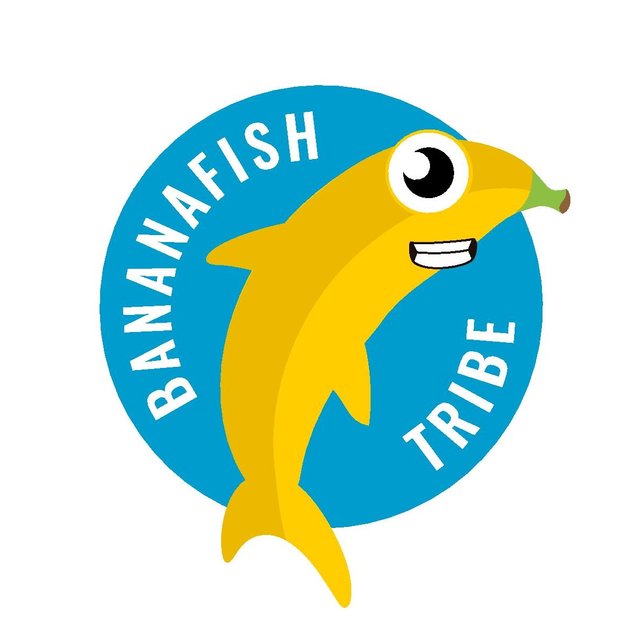
With delegations, Bananafish VP will grow and consequently the upvotes given to every contest entry will be higher.
Following the voting trail is a way to make sure you always support the other participants to the Bananafish contests, automatically upvoting the posts (but not the comments) Bananafish upvotes.
Join the Bananafish Realms on Discord and chat with us: https://discord.gg/ZWmEUWT
If you’re interested, here you can find all the information needed.

[banner credit: @f3nix]
Other Bananafish awesome contests and creative works (click on the banners):
You may also want to take a look to @tristancarax contest:
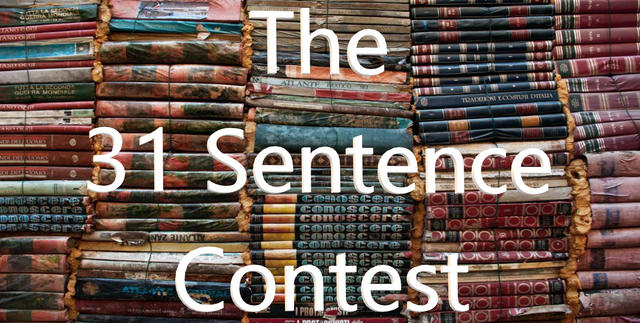



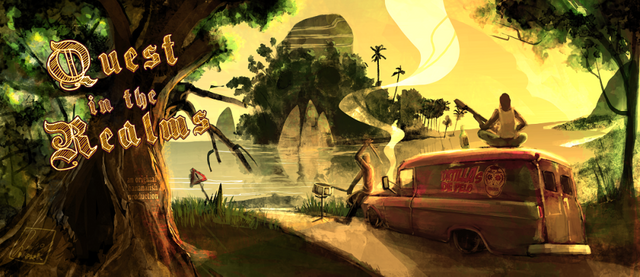
Hi dear @bananafish!!!
Here my haiku
https://steemit.com/spanish/@mllg/mizu-no-oto-every-image-has-its-haiku-edition-47-eng-esp
Thank you for the contest!
Have a nice weekend
I love it!
Thanks a lot, @zeleiracordero
Hereby my entry:
river gulls look
water kisses
gaviotas de río miran
besos de agua
https://steemit.com/haikucontest/@zeleiracordero/thisismyhaiku-esteesmihaiku-mizunooto-edition47-huiq8ydqtk
Hi @bananafish, my partitipation https://steemit.com/haikucontest/@marcybetancourt/mizu-no-oto-every-image-has-its-haiku-edition-47-english
Again to the lake.
Waves in the water
the wind is warm.
Vote your favorite haiku:
Hey friends @bananafish, greetings! Although I consider that the best haibun was made by @gracielaacevedo, for edition # 47 my favorite haiku was @zeleiracordero. She extracted from the photograph the essential elements to make concise verses with Karumi.
Swans swim
river gulls look
water kisses
Without much comment at this time, I vote for the exercise of @owasco, which makes a good proposal of haibun, in the aspects that the orientation gives us. Good luck to all!
Hi guys! my entry for this time: :)
https://steemit.com/spanish/@salvao/myhaikuformizunooto47englisheditionengesppoem-13z8qna008
Hereby my entry. Good luck to everyone and thanks for the reminder. 💕
https://esteem.app/haikucontest/@wakeupkitty/entry-mizu-no-oto-every-image-has-its-haiku-edition-47
Posted using Partiko Android
I am very much looking forward to this, but I am unable to copy and paste the image this time. Help!
Here is my entry, my first ever haibun.
https://steempeak.com/hive-170798/@owasco/mizu-no-oto-every-image-has-its-haiku-edition-47-english
Greetings, haiku lovers.
I'm arriving a little late, but I leave my entry to the contest and my exercise
https://steemit.com/haiku/@gracielaacevedo/mizu-no-oto-every-image-has-its-haiku-edition-47-english
The surface of the water allows you to guess the impalpable wind and follow the leisurely game of birds. Two pigeons perch on an old log, waiting for the night.
Subtle wind,
Night is coming
over the pond.
Aware that I'm late for the contest, I didn't want to stop participating with an exercise, written with a certain acceleration, in which I try to approach the haibun, following the masterful guidelines of @marcoriccardi.
https://steemit.com/hive-174578/@josemalavem/my-participation-in-mizu-no-oto-every-image-has-its-haiku-edition-47-english
The birds always return to the rest of the waters. Their serenity and silent splendor brings them together in a confident celebration of life.
At the lake
birds in the circle
Out the stillness